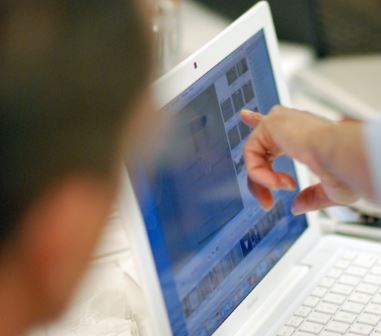

To effectively incorporate technology into the classroom, this article from TeachHub.com suggests that teachers make the technology secondary to the content. They should use technological applications that complement the lessons they are teaching, rather than expending a lot of time and energy on the latest trends in gadgets.
Does the introduction of technology in the classroom make the job of teaching easier?
The article suggests that teachers find technology that students can easily use and integrate into their lessons. The goal here is to find intuitive technology that aids in the understanding of subject-area content rather than shifting students’ focus to just learning the technology. The article’s suggestions include ways in which teachers can use technology to make students more active participants in the learning process.
Encouraging students to use blogs, videos and scanners not only motivates them to become more active learners, but it also helps them to find a variety of ways to express their understanding. Twitter novels provide a unique approach to improving writing skills, while the use of technology-based review games, such as student-created crossword puzzles, lets students take responsibility for their own learning.
By letting the content lead the technology, instead of being controlled by gizmos and gadgets, teachers can increase students’ success and understanding.
For a more in-depth understanding about how to effectively use technology in the classroom, read the original article here:




